
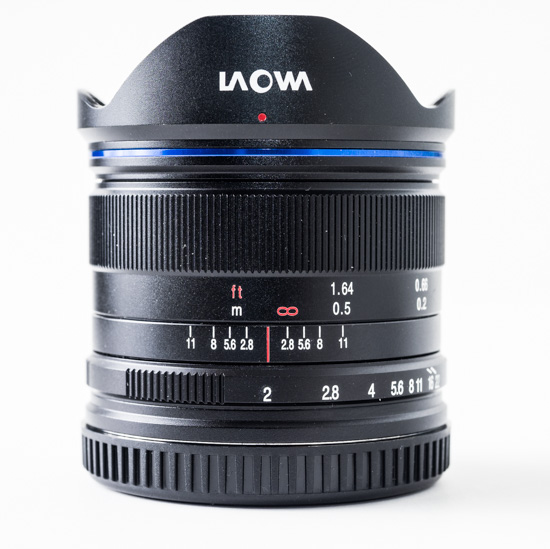
Micro Four Thirds finally has a nice compact affordable ultra wide prime lens! The Laowa 7.5mm F/2 lens is quite an interesting lens. It actually comes in two versions, standard and a lighter weight version for drones. I had the standard version. This lens was borrowed from a friend for a week. I would have loved more time with it…but it was plenty of time to form my opinion and see if it worked the way I like a lens to perform. I am going to jump around a little bit and share my thoughts and notes about the lens and then give a more comprehensive opinion at the bottom. If you NEED to see sharpness measurements, MTF charts, detailed glass diagrams…you know I don’t show that stuff! Check out some other sites for that. I take this lens into the world, try to make images, and then print. That is my test. If a lens provides me results i’m am proud to show off or keep my clients happy with, then the lens is good enough for me. Lets begin!
This lens is WIDE. It is rectilinear. Not a fisheye. Right off the back, it does have some vignette, especially wide open. It is not bad. A small vignette adjustment in lightroom was plenty to remove it. It also has some flare which we will discuss shortly. F/2 is nice as well. You can get a lot of light in if you do nightscapes or astrophotography. In the time I had, I did not get a chance to try those out though. Keep in mind hyperfocal distance if you do shoot wide open and want deep depth of field. More on that as well in a bit.
Take a look at this lens side by side with the Olympus 17mm F/1.8. They are virtually identical in size. Similar weight in hand too. The Laowa has a nice heft for a little lens and feels very well constructed. The aperture ring moves in whole stops and focus has a nice firmness. The lens is manual focus and does not transmit data, so you have to set your image stabilization to 7.5mm.
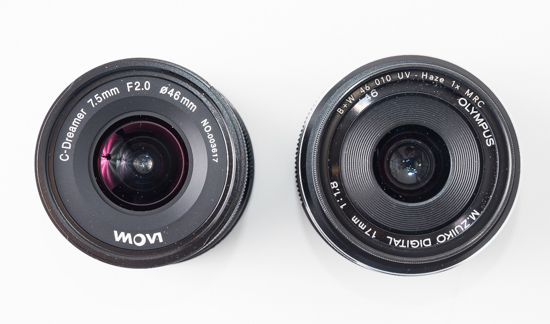
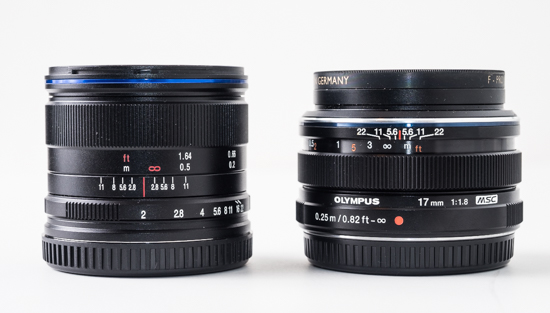
The other great thing about this lens is the included hood is removable. That means you can use the filter threads for a polarizer or other filters. I was using a 46mm to 77mm step up ring to use a Singh-Ray polarizer most of the time. When shooting with a filter, I did notice a little more vignetting even stopped down. Again, easily removed in lightroom so not an issue. If you want precise focus, you should focus wide open at F/2 and then stop down. Otherwise the camera will show you the depth of field effect since the aperture is manual as well. Then again, a lens this wide is all about everything being in focus most of the time anyways. Especially stopped down.
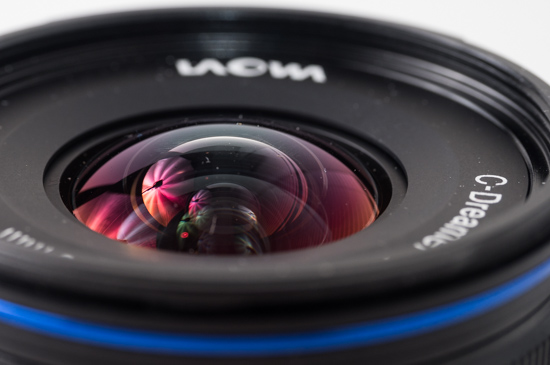
Below are two typical nature scenes. Close foreground objects. a middle, and a far background. I was stopping down to F/8 and focusing on the leaves area in the foreground. My farthest background is still a bit out of focus. You would think with a lens like this there would be enough depth of field. However, once checking with my DOF calculator, focus should have been set to just under 3 feet. That would ensure roughly 1.5′ to infinity was in focus. Focusing closer yielded a slightly out of focus infinity. Hyper-focal distance is our friend! Live and learn! One quick note…the hyperfocal distance at F/2 is roughly 12′. That potentially yield everything from 6 feet to infinity in focus. Quite the difference from F/8. Still rather good for landscapes if you are not too close up.
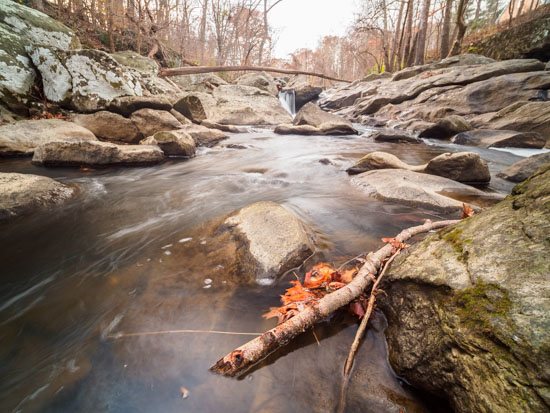
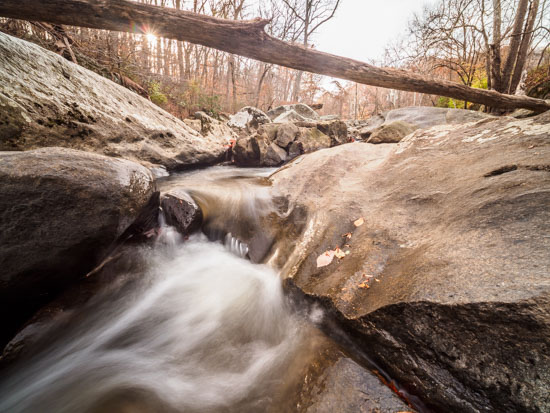
In the scene above I had to be careful with the sun across the log. Contrast loss and flare are quick to enter the scene when there is a bright light source in frame. The sunstar is decent with this lens. Not my favorite. Overall details in the scene look good though. Details are sharpness are more than acceptable.
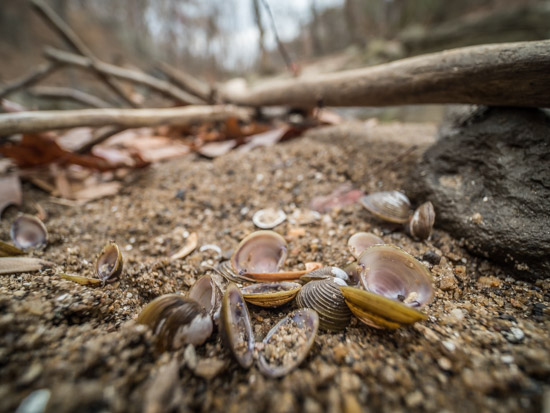
Close up focus is somewhat amazing. Minimum focus distance is 4.7″ which ends up meaning you are virtually ontop of your subject. Magnification is obviously not macro. Wide angles can offer a really unique perspective when this close however. Detail is surprisingly decent but depth of field is super short even for a 7.5mm lens! I don’t think I’ve ever used another lens so close at this focal distance. It definitely opens up some possibilities for perspective.
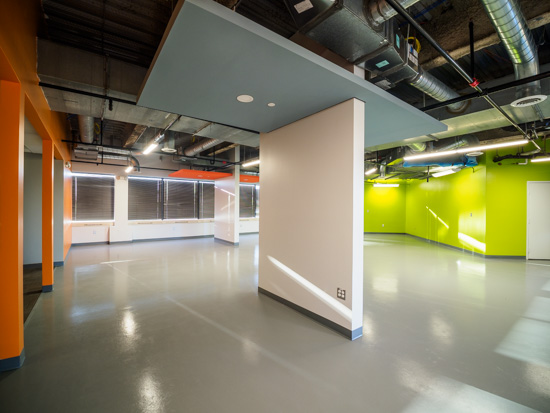
I was fortunate to have had access to some interesting interiors while I had the lens. I shot some images with this lens while on location with a client. To be totally honest I was hoping for a lot more from the lens. There is some barrel distortion and lights can cause some ghosting or halation. These were more present than I like for commercial architecture. I really ask a lot from lenses for this application. The distortion is fairly well corrected in lightroom, but any issue with lights is not so easily dealt with. You can see in this image below the row of lights near the center have a shadowy low contrast area running around them. This happened with artificial lights in frame.
Also, all these interiors are shot with a polarizer to contain the reflections on the shiny floor. Using a polarizer on a wide lens outdoors often leads to uneven skies. This is rarely a problem with interiors though. In fact, I find a polarizer almost mandatory in some interiors. It worked well here, despite giving a little extra vignette.
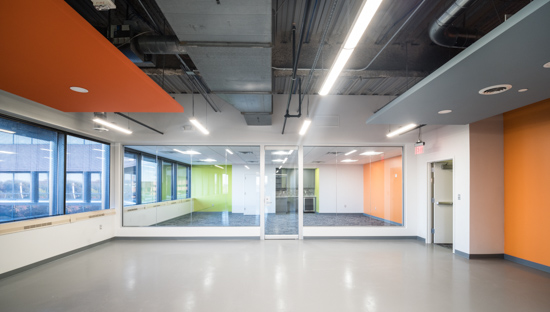
I also got a chance to calibrate the lens on my RRS panoramic gear and make a few panoramas. A 7.5mm lens only needs 8 shots to make a 360-degree panorama all the way around. I didn’t bother making top or bottom shots due to lack of time. I also cropped the following image for a more pleasing composition. In contrast a 12mm lens needs 12 shots, and a fisheye only 6 shots to complete a panorama. (again, not factoring in top or bottoms if you were doing a true spherical panorama. I was just doing cylindrical)

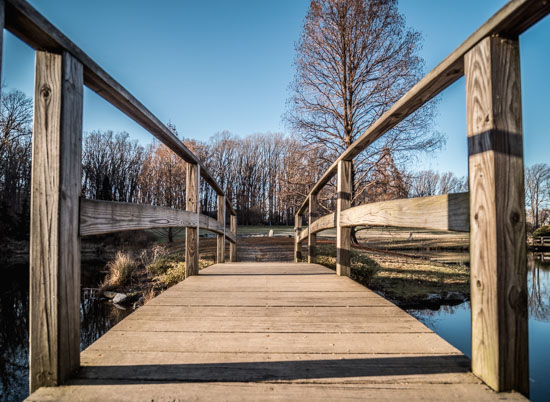
I played around with an infrared filter. I often take an infrared filter with me when shooting landscape. The beauty of mirrorless cameras is that you can see through an IR filter to focus and compose. No need for focus compensation either since you are focusing directly on what the sensor sees! Live view boost mode definitely helps when shooting infrared too. Good news is that this lens does not have a hot spot in the center during long IR exposures. Perfectly usable.
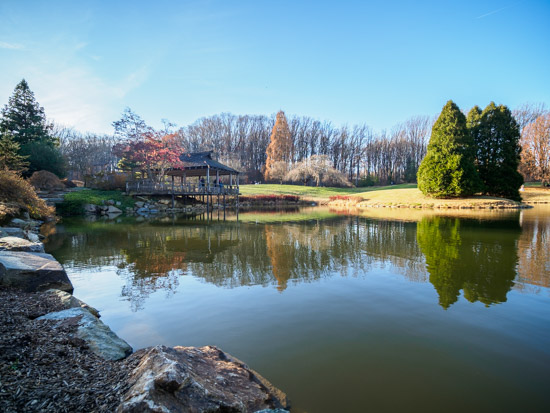
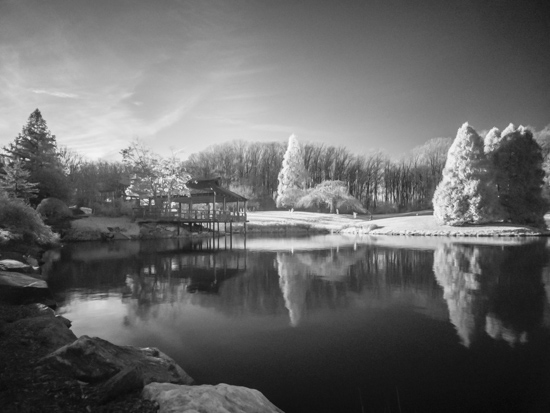
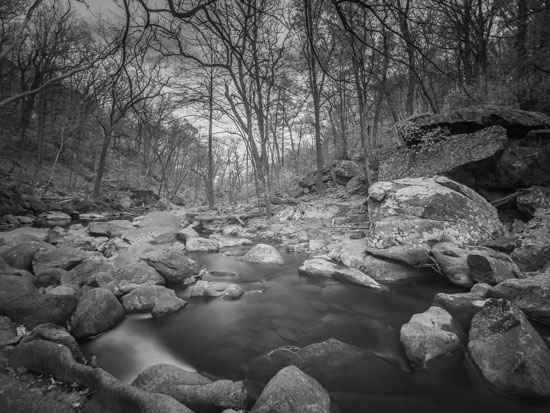
I love shooting infrared black and white images. The only thing is that this lens has an issue with flare. I already knew that, but it seems to get even more insane with infrared. See the image below. This is with the sun just out of the frame to my left. Pay attention to that tree towards the left position reference.
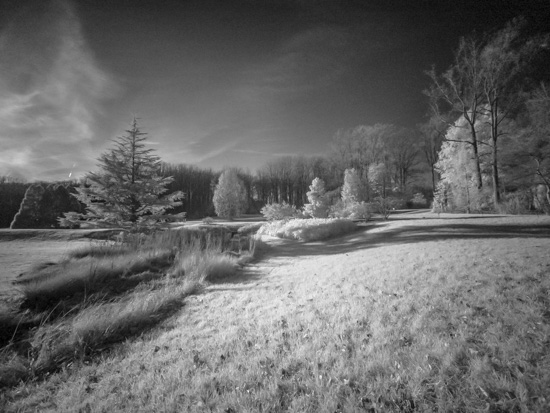
Now look at this next image. I just panned left to get the sun in the frame. CRAZY flare! I consider this unusable. There is nothing artistic or characteristic about it. It’s just too much.
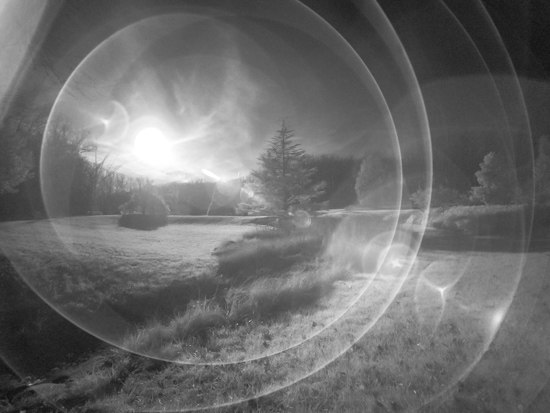
So lets talk about this lens. Is it any good? Well it depends. I will say I liked the lens a lot. Vignette is there, but not bad. Flare is there, and is a small issue if you are not careful. Shooting into backlit windows was difficult most times. Flare with the sun got out of control occasionally. However, detail and rendering was nice. The lens takes filters and the size of the lens is perfect. I know some of you own this lens and use it for landscapes. I’ve had many awesome images shared with me. For general ultra wide angle use for street, landscape, and casual architecture that can double as a great panoramic lens, this lens is great. Love shooting old church interiors… perfect lens. Small, lightweight, easy to bring along, and it takes filters. What more can you ask for? Price is half of the 8-18 Leica, and less than half of the Olympus 7-14. Quality is easily on par or better than with the 9-18 and the Panasonic 7-14 as well. Certainly better fine detail capture than the Olympus 9-18…except for some of the crazy behavior and flaring. Also much wider.
I shoot professional architecture for demanding clients and this lens would just not work for me in the long run. I am always shooting interiors with windows and backlighting and I need a lens that can handle that. I love the size, but its behavior with sun in frame as well as distortion just means extra work in post production and I don’t have time for that. I certainly wouldn’t mind have this lens and the Leica 8-18mm…and then choose whichever was most appropriate. I can’t own both though…so for now I will not be purchasing the 7.5mm lens. It wasn’t for me. It does capture the spirit of micro 4/3 really well though. I know I showed more of the issues with the lens, but in general I was happy with my images. And not EVERY shot has the crazy flare. I just want you to be aware of it. If you love shooting sun in frame backlit scenes…this might not be your lens. Otherwise, it was great fun to use. I love having small lenses like this. It means I can carry additional lenses without needing a giant backpack or building up the weight.
Overall, a good lens. Not my favorite for pro work, but great for casual use in my case. Who knows…maybe C-Dreamer is supposed to stand for Crazy-Dream like Flare!
What are your thoughts? Have you been using this lens into light sources?




Thanks for the review, very interesting as I am looking to both pick up this lens and use it on a full spectrum camera. Could you tell me what filter size is required on the 7.5mm lens to prevent severe vignette, I am ok with the subtle vignette that the lens has, I’d just like to avoid heavy vignetting if possible, thank you.
Matt
Hi Matt, the lens has a 46mm filter. I was using a step up ring to get me to 77mm because that is the filter size I have. I think between the one or two step up rings I had I was getting extra vignette. Honestly, I think I would recommend trying a 46mm filter. They are much cheaper than large filters. I would also put it straight onto the lens, and not over a glass or UV filter. If you can get a thin mount version that might be even better. By thin mount, I mean a non front threaded filter. I bet this would yield the least vignette. I just felt the step up rings had more depth than a single filter alone would have had.
Thanks for this review. Did you also have issues with flare when no filter was used?
Yes, the flare was regardless. Strong light sources really didn’t play nice with the lens. For a lot of people it might not be an issue…I shoot into heavy backlight a lot.
Hi Tony,
many thanks for that review. That was exactly what I was looking for. A review stating the performance of the lens in IR photography. I used a Samyang 12mm until now and was always a bit disappointed that this lens had a serious issue with a light spot, even wide open.
Hmm, I would be using a stepup with 67mm Filters, because that are the ones i was getting for my samyang. I bet this should be ok.